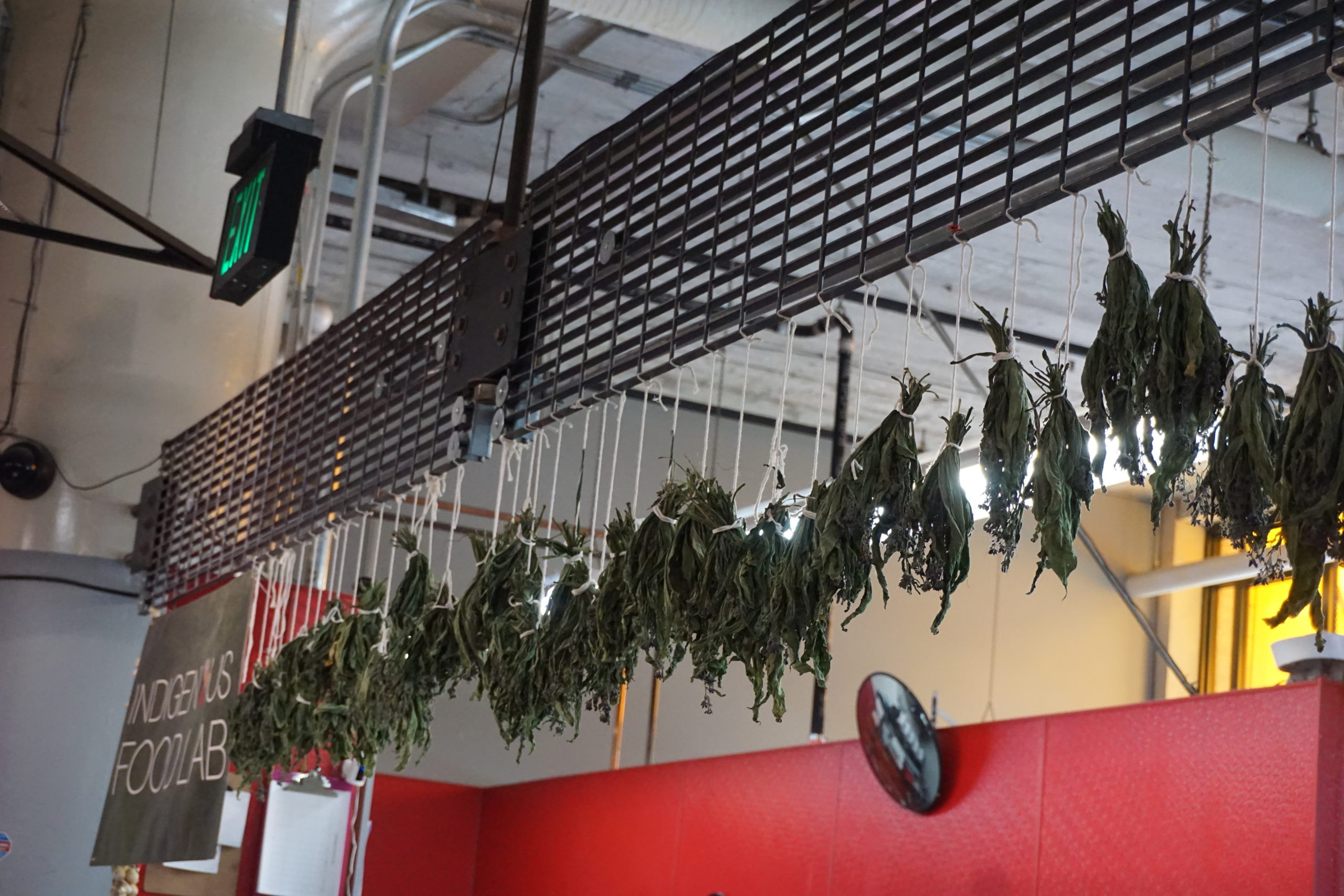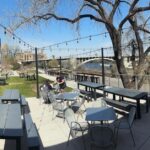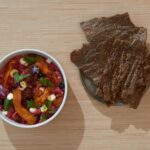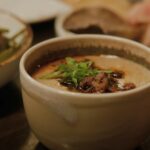Last week, the kitchen staff headed out to Battle Creek Park in St. Paul to go foraging. They carefully harvested a bunch of stinging nettle (using leather gloves of course!). Now despite the stinging hairs all along the leaves and stems and their bad reputation, there are actually many uses for nettle both edible and medicinal.
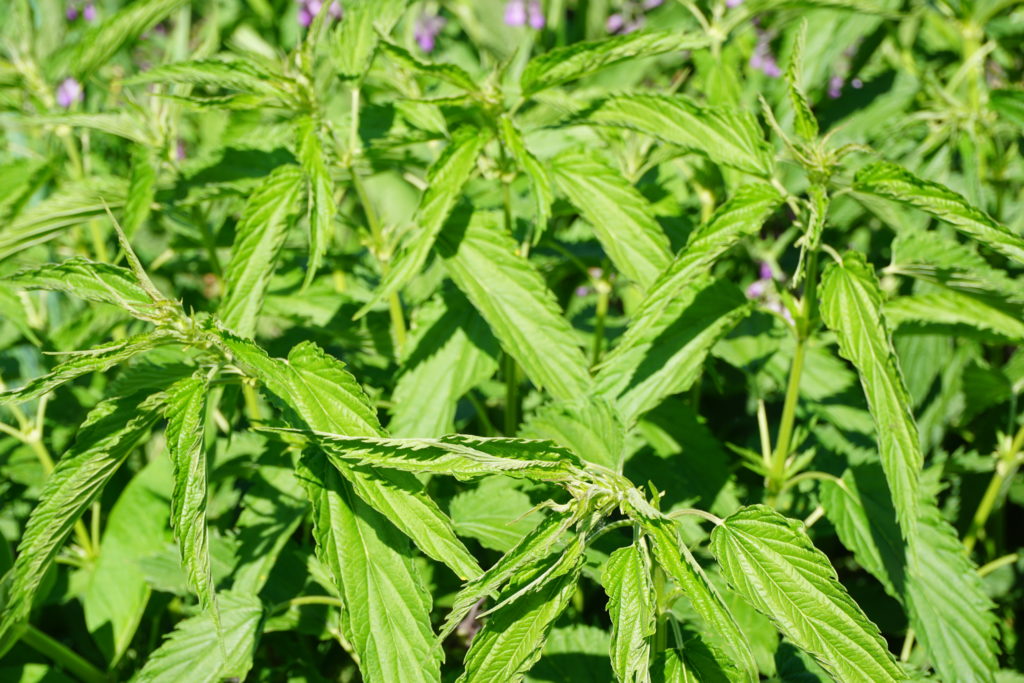
The nettle that was harvested was then bundled with twine and hung to dry in our kitchen. We intend to use the dried nettle for teas mostly, but one of our chefs has also been working on a kombucha and made some into a powder for a tasty addition to dishes we create.

You don’t need to dry the nettle out for it to be safe to eat. You can blanch the plant in boiling water and eat the leaves right away. The stems are also edible if still young and green, but typically just the leaves are eaten.
